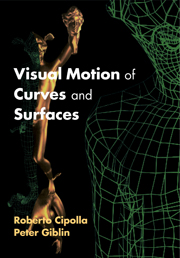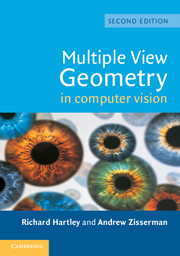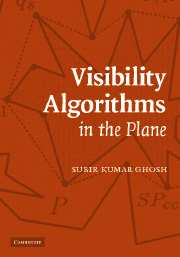Visual Motion of Curves and Surfaces
The world is full of objects, many of which are visible to us as surfaces. Examples are people, cars, machines, computers and bananas. Exceptions are such things as clouds and trees, which have a more detailed, fuzzy structure. Computer vision aims to detect and reconstruct features of surfaces from the images produced by cameras, in some ways mimicking the way in which humans reconstruct features of the world around them by using their eyes. This book describes how the 3D shape of surfaces can be recovered from image sequences of outlines. Cipolla and Giblin provide all the necessary background in differential geometry (assuming knowledge of elementary algebra and calculus) and in the analysis of visual motion, and emphasizes intuitive visual understanding of the geometric techniques with computer-generated illustrations. They also give a thorough introduction to the mathematical techniques and the details of the implementations, and apply the methods to data from real images.
- First book to introduce all the necessary differential geometry, slanted towards the applications to computer vision
- It is lavishly illustrated by computer-drawn figures, which aim to make the mathematics more visually understandable
- Specifically designed to cover the geometry of, and reconstruction of, surfaces - which are not dealt with in competing literature
Reviews & endorsements
"The geometry of curves and surfaces is described clearly, with wonderfully apropos figures and carefully consistent notation throughout....the material has a certain beauty to it, which they draw out nicely." Computing Reviews
Product details
January 2000Hardback
9780521632515
194 pages
244 × 170 × 13 mm
0.51kg
Available
Table of Contents
- 1. Introduction
- 2. Differential geometry of curves and surfaces
- 3. Views of curves and surfaces
- 4. Dynamic analysis of apparent contours
- 5. Reconstruction of surfaces from a family of views
- 6. Recovery of viewer motion from apparent contours
- Bibliography
- Index.






